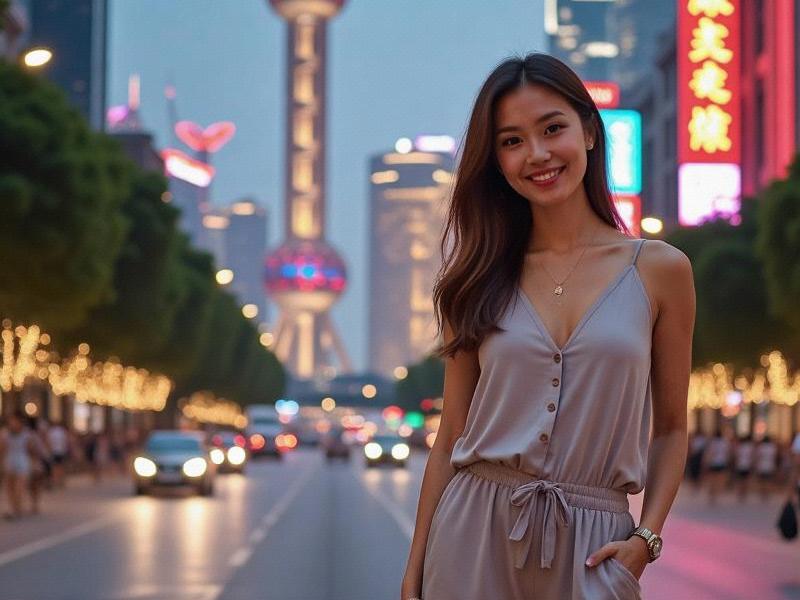This 2,800-word cultural analysis traces the development of Shanghai's feminine ideal from 1920s modernity to contemporary global leadership, examining how historical forces shaped today's confident, cosmopolitan Shanghai woman.

Section 1: Historical Foundations (1920s-1990s)
1. The Golden Age (1920s-1940s)
- Emergence of the "Modern Girl" (modeng xiaojie)
- Qipao revolution and hybrid fashions
- First generation of educated working women
2. Socialist Transformations (1950s-1970s)
- Gender equality in workforce participation
- Practical beauty standards
- Decline of conspicuous consumption
3. Reform Era Reawakening (1980s-1990s)
- Return of fashion consciousness
- Western beauty influences
- Emerging entrepreneurial class
上海龙凤419社区
Section 2: Contemporary Expressions (2000s-Present)
1. The New Shanghai Woman
- Education: 65% hold university degrees
- Careers: 43% in senior professional roles
- Financial independence: 58% own property
2. Beauty and Fashion
- "Effortless chic" aesthetic
- High-low fashion mixing
- Cosmetic surgery trends
3. Lifestyle Patterns
- Later marriages (average age 30.5)
上海花千坊龙凤 - Smaller family units
- Work-life balance innovations
Section 3: Cultural Representation
1. Media Archetypes
- Television dramas and film
- Literature and memoirs
- Social media influencers
2. Global Perception
- International fashion presence
- Business leadership recognition
- Cultural diplomacy roles
上海花千坊419 Section 4: Challenges and Opportunities
1. Social Pressures
- Work-family balance
- Aging population impacts
- Rising living costs
2. Emerging Trends
- Sustainable beauty movement
- Digital entrepreneurship
- Reinterpretation of traditions
Conclusion: The Future of Shanghai Femininity
As Shanghai solidifies its position as a global city, its women continue to redefine urban femininity - blending heritage with innovation to crteeaa distinctive identity that both reflects and shapes this dynamic metropolis.